Home>Gardening & Outdoor>Landscaping Ideas>What Kind Of Grass Does Lambeau Field Have
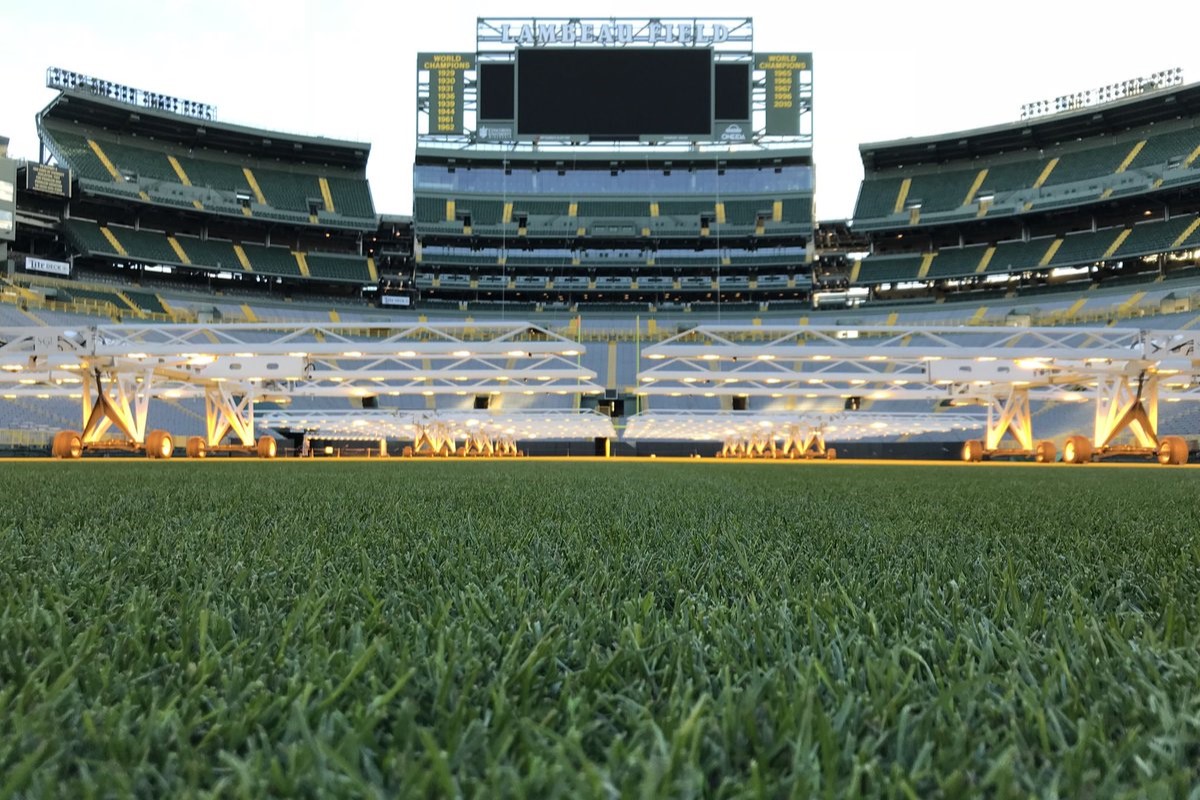

Landscaping Ideas
What Kind Of Grass Does Lambeau Field Have
Published: January 27, 2024
Discover the best landscaping ideas with the grass used at Lambeau Field. Learn about the perfect grass for your outdoor space and elevate your landscaping game.
(Many of the links in this article redirect to a specific reviewed product. Your purchase of these products through affiliate links helps to generate commission for Storables.com, at no extra cost. Learn more)
Introduction
Welcome to Lambeau Field, the historic home of the Green Bay Packers. As football fans, we often marvel at the lush, vibrant green grass that serves as the battleground for our favorite teams. But have you ever wondered what kind of grass is used at Lambeau Field? In this article, we will explore the fascinating world of turf management and delve into the specific type of grass that graces this iconic stadium.
From the rich history of Lambeau Field to the meticulous selection and maintenance of its grass, we will uncover the secrets behind the pristine playing surface that has witnessed countless memorable moments in football history. Additionally, we will discuss the significance of high-quality grass in sports and how it contributes to the overall performance and safety of athletes.
So, join us as we embark on a journey to unravel the mystery of the grass at Lambeau Field and gain a deeper appreciation for the meticulous care and attention that goes into maintaining this hallowed turf.
Key Takeaways:
- The iconic Lambeau Field uses resilient Kentucky bluegrass, carefully chosen for its durability and vibrant green color, enhancing player safety and creating a visually captivating backdrop for football games.
- Meticulous maintenance practices ensure the Kentucky bluegrass at Lambeau Field remains pristine, resilient, and performance-ready, contributing to the enduring allure and safety of the playing surface.
History of Lambeau Field
Lambeau Field, nestled in the heart of Green Bay, Wisconsin, stands as a testament to the rich heritage and unwavering passion of football enthusiasts. Named after the legendary Earl “Curly” Lambeau, one of the co-founders and early stars of the Green Bay Packers, this iconic stadium has been a symbol of pride for the community since its inception.
The history of Lambeau Field dates back to its opening on September 29, 1957, when it welcomed fans to witness the Packers take on the Chicago Bears in a thrilling matchup. Over the decades, the stadium has undergone significant renovations and expansions, evolving into a state-of-the-art facility while preserving its timeless charm and character.
With a seating capacity of over 81,000, Lambeau Field has been the site of numerous historic events, including NFL championships, playoff showdowns, and unforgettable moments that have solidified its status as a mecca for football aficionados. The hallowed grounds of Lambeau Field have echoed with the cheers of devoted fans and the resounding triumphs of the Green Bay Packers, creating an atmosphere that exudes tradition, excellence, and camaraderie.
As the Packers continue to etch their legacy on the storied turf of Lambeau Field, the stadium remains a revered symbol of the team’s indomitable spirit and the unwavering support of its loyal fan base. The history of Lambeau Field is a tapestry woven with the threads of triumph, resilience, and the enduring love for the game, making it a cherished landmark in the world of sports.
Importance of Grass in Sports
The playing surface in sports, particularly in outdoor venues, holds immense significance in shaping the dynamics of athletic performance. Grass, as the primary component of many sports fields and stadiums, plays a pivotal role in determining the quality, safety, and overall experience of the game. Whether it’s football, soccer, rugby, or golf, the type and condition of the grass can profoundly impact the athletes’ performance and the outcome of the competition.
One of the key aspects of grass in sports is its influence on player safety. A well-maintained and properly chosen grass surface can reduce the risk of injuries, providing athletes with a stable and forgiving terrain to showcase their skills. Additionally, the traction and resilience offered by high-quality grass contribute to agility and maneuverability, enabling athletes to make swift and precise movements without compromising their well-being.
Beyond safety, the aesthetics and playability of the field are also greatly influenced by the type of grass used. A lush, vibrant playing surface not only enhances the visual appeal of the venue but also contributes to the overall experience for players and spectators alike. The texture and consistency of the grass can impact ball movement, bounce, and overall game dynamics, adding an additional layer of complexity and strategy to the sport.
Furthermore, the environmental impact of grass in sports cannot be overlooked. Well-maintained grass fields act as natural carbon sinks, absorbing carbon dioxide and releasing oxygen, thereby contributing to a healthier and more sustainable environment. The green expanse of a meticulously tended sports field serves as a testament to the harmonious coexistence of nature and athletic pursuits.
In essence, the importance of grass in sports extends far beyond mere aesthetics. It serves as a foundational element that influences player safety, game dynamics, and environmental sustainability. As we explore the specific type of grass at Lambeau Field, we gain a deeper appreciation for the intricate interplay between nature and sports, and the profound impact it has on the athletic experience.
Types of Grass Used in Sports Stadiums
When it comes to sports stadiums, the selection of the right type of grass is a critical decision that directly impacts the quality and performance of the playing surface. Various types of grass are favored for their distinct characteristics, resilience, and suitability for different sports. Understanding the unique attributes of each grass variety is essential in creating an optimal environment for athletes to showcase their skills and for fans to enjoy the game.
One of the most commonly used grass species in sports stadiums is Kentucky bluegrass. Known for its lush, dense growth and exceptional visual appeal, Kentucky bluegrass is favored for its ability to withstand heavy foot traffic and recover quickly from damage. Its fine texture and vibrant green hue make it a popular choice for football and soccer fields, providing a resilient and aesthetically pleasing playing surface.
Bermuda grass is another prevalent option, especially in warmer climates. This warm-season grass thrives in high temperatures and exhibits excellent drought tolerance, making it well-suited for outdoor stadiums in sun-drenched regions. Its durability and rapid regrowth make it an ideal choice for sports like baseball and golf, where consistent playing conditions are paramount.
For indoor stadiums and arenas, artificial turf has gained popularity as a low-maintenance alternative to natural grass. Synthetic turf offers consistent playing characteristics and can withstand heavy use without the need for extensive watering and maintenance. While it may not replicate the natural feel of grass, modern artificial turf systems have made significant strides in emulating the performance and safety attributes of real grass.
Additionally, perennial ryegrass is often incorporated into sports field mixtures for its quick germination and ability to establish a dense, resilient turf. Its rapid growth and adaptability make it a valuable component in overseeding programs, allowing stadiums to rejuvenate their playing surfaces and maintain optimal conditions throughout the season.
Each type of grass brings its own set of advantages and considerations, influencing the playing experience and the overall aesthetics of the stadium. The careful selection of grass varieties reflects a commitment to providing athletes with a safe, high-quality playing surface while creating a visually appealing backdrop for fans to immerse themselves in the excitement of the game.
Lambeau Field in Green Bay, Wisconsin has a natural grass playing surface made up of a blend of Kentucky bluegrass and perennial ryegrass. This combination provides a strong and durable turf that can withstand the harsh weather conditions of the area.
Selection of Grass for Lambeau Field
When it came to choosing the perfect grass for Lambeau Field, meticulous consideration was given to factors such as climate, usage patterns, and visual appeal. The Green Bay Packers’ home turf required a resilient and visually striking grass variety that could withstand the rigors of football games played in diverse weather conditions, all while providing a picturesque backdrop for fans and players.
After careful evaluation, a blend of Kentucky bluegrass emerged as the ideal choice for Lambeau Field. Known for its dense growth, fine texture, and exceptional durability, Kentucky bluegrass thrives in the temperate climate of Wisconsin, making it well-suited for the demands of a professional football stadium. Its ability to recover quickly from wear and tear, coupled with its vibrant green color, made it a natural fit for the hallowed grounds of Lambeau Field.
The selection of Kentucky bluegrass was not only driven by its resilience but also by its aesthetic appeal. The lush, emerald expanse of this grass variety creates a visually captivating playing surface, enhancing the overall ambiance of the stadium and providing a stunning backdrop for televised games and live audiences. The combination of durability and visual allure made Kentucky bluegrass the perfect canvas for the gridiron battles that unfold at Lambeau Field.
Furthermore, the choice of Kentucky bluegrass reflects a commitment to creating a safe and high-quality playing surface for the Green Bay Packers and visiting teams. The dense growth and natural traction of this grass variety contribute to player safety, allowing athletes to perform at their best while minimizing the risk of injuries commonly associated with inferior playing surfaces.
By selecting Kentucky bluegrass for Lambeau Field, the management underscored their dedication to providing an exceptional game-day experience for players and fans alike. The lush, resilient turf stands as a testament to the meticulous attention to detail and the unwavering pursuit of excellence that defines the legacy of Lambeau Field.
Read more: What Kind Of Grass To Have In Georgia
Maintenance of Grass at Lambeau Field
The pristine playing surface at Lambeau Field is a result of meticulous maintenance practices that ensure the grass remains in optimal condition throughout the football season. The dedicated team responsible for turf management at Lambeau Field employs a comprehensive maintenance regimen designed to uphold the integrity, aesthetics, and performance of the Kentucky bluegrass that adorns the iconic stadium.
Regular mowing is a fundamental aspect of grass maintenance at Lambeau Field. The turf management team adheres to a carefully calibrated mowing schedule, meticulously trimming the grass to an optimal height that promotes healthy growth and uniform coverage. This precise approach not only enhances the visual appeal of the playing surface but also contributes to the overall playability of the field, ensuring consistent ball roll and surface traction.
Fertilization and irrigation play a crucial role in sustaining the vigor and resilience of the grass at Lambeau Field. The turf management experts administer balanced fertilizers to provide essential nutrients that promote robust growth and enhance the grass’s ability to withstand the physical demands of football games. Additionally, strategic irrigation practices are employed to maintain adequate soil moisture levels, fostering healthy root development and sustaining the lush, vibrant appearance of the turf.
To address wear and tear resulting from intense game-day activities, the turf management team engages in targeted turf repair and overseeding. By carefully tending to areas of the field that experience heightened foot traffic and stress, they ensure that the playing surface remains lush, uniform, and capable of withstanding the demands of professional football games. The incorporation of resilient grass varieties, including perennial ryegrass, through overseeding further fortifies the turf, allowing it to recover swiftly and maintain its pristine condition.
Integrated pest management and disease control measures are also integral components of the maintenance strategy at Lambeau Field. The turf management team remains vigilant against potential threats to the grass, employing environmentally conscious methods to mitigate pest infestations and prevent the onset of turf diseases. This proactive approach safeguards the health and longevity of the playing surface, preserving its visual allure and playability.
Through a harmonious blend of expertise, dedication, and cutting-edge maintenance practices, the turf management team at Lambeau Field upholds a standard of excellence that ensures the grass remains a vibrant, resilient stage for gridiron battles. Their unwavering commitment to maintaining the iconic playing surface reflects a deep reverence for the traditions and legacy of Lambeau Field, enriching the game-day experience for players and fans alike.
Performance of Grass at Lambeau Field
The performance of the grass at Lambeau Field transcends mere aesthetics, encompassing its impact on player agility, safety, and the overall dynamics of football games. The meticulously maintained Kentucky bluegrass playing surface serves as a stage where athleticism, strategy, and the spirit of the game converge, elevating the performance of players and contributing to the timeless allure of the stadium.
One of the defining characteristics of the grass at Lambeau Field is its exceptional resilience and traction. Kentucky bluegrass, renowned for its dense growth and natural traction, provides athletes with a stable, surefooted platform to exhibit their skills. This reliable playing surface empowers players to make sharp cuts, explosive sprints, and precise maneuvers, enhancing the fluidity and dynamism of the game.
Moreover, the lush, vibrant grass at Lambeau Field contributes to the visual spectacle and atmosphere of football games. The emerald expanse serves as a captivating backdrop for the gridiron clashes, creating a visually stunning setting that amplifies the excitement and grandeur of the sport. The immaculate playing surface, meticulously tended to by the turf management team, sets the stage for memorable moments and enduring feats of athleticism.
Player safety is of paramount importance in any sports venue, and the grass at Lambeau Field plays a pivotal role in minimizing the risk of injuries. The resilient, well-maintained turf reduces the likelihood of slips and uneven footing, providing a secure foundation for athletes to compete at the highest level. This commitment to player safety underscores the dedication to maintaining the grass at Lambeau Field as a premium, high-performance surface.
Furthermore, the performance of the grass at Lambeau Field extends beyond game days, encompassing its ability to withstand the rigors of intense play and adverse weather conditions. The Kentucky bluegrass, nurtured through meticulous maintenance practices, exhibits remarkable durability, recovering swiftly from the physical demands of football games and adverse environmental factors. This unwavering resilience ensures that the playing surface remains in peak condition, ready to host thrilling matchups and enduring moments of triumph.
In essence, the performance of the grass at Lambeau Field is a testament to the seamless fusion of natural beauty and athletic prowess. The meticulously tended Kentucky bluegrass not only enhances the visual splendor of the stadium but also underpins the safety, agility, and enduring allure of the playing surface. As the hallowed turf continues to bear witness to the triumphs and heroics of football, its performance remains an integral part of the timeless legacy of Lambeau Field.
Conclusion
As we conclude our exploration of the grass at Lambeau Field, we emerge with a profound appreciation for the intricate artistry and meticulous care that define the iconic playing surface. From the historic legacy of Lambeau Field to the selection, maintenance, and performance of its Kentucky bluegrass turf, we have delved into the captivating tapestry that sets the stage for unforgettable football experiences.
Lambeau Field stands as a living monument to the enduring spirit of football, steeped in tradition, resilience, and the unwavering support of its devoted fan base. The rich history of the stadium intertwines with the lush, vibrant grass that adorns its hallowed grounds, creating an atmosphere that exudes timeless allure and the promise of gridiron glory.
The meticulous selection of Kentucky bluegrass for Lambeau Field reflects a commitment to providing athletes with a safe, high-performance playing surface while offering fans a visually captivating backdrop for the drama and excitement of football. The resilient nature and natural traction of the grass contribute to the agility and safety of players, enhancing the overall dynamics of the game and fostering an environment where athletic excellence flourishes.
Furthermore, the dedicated maintenance practices employed by the turf management team ensure that the grass at Lambeau Field remains a pristine, resilient stage for gridiron battles. From precise mowing and strategic fertilization to targeted turf repair and pest management, every aspect of maintenance is meticulously executed to uphold the integrity and performance of the playing surface.
As we stand in awe of the performance of the grass at Lambeau Field, we recognize its role in shaping enduring memories, iconic moments, and the indomitable spirit of football. The lush, resilient turf serves as a canvas where athleticism, strategy, and the unyielding passion of the game converge, captivating audiences and inspiring generations of fans.
In essence, the grass at Lambeau Field transcends its role as a mere playing surface; it embodies the essence of football, encapsulating the triumphs, traditions, and enduring legacy of the sport. As we gaze upon the emerald expanse that graces Lambeau Field, we are reminded of the timeless allure of football and the enduring beauty of the natural world, seamlessly intertwined on the grand stage of one of the most revered stadiums in sports.
Frequently Asked Questions about What Kind Of Grass Does Lambeau Field Have
Was this page helpful?
At Storables.com, we guarantee accurate and reliable information. Our content, validated by Expert Board Contributors, is crafted following stringent Editorial Policies. We're committed to providing you with well-researched, expert-backed insights for all your informational needs.
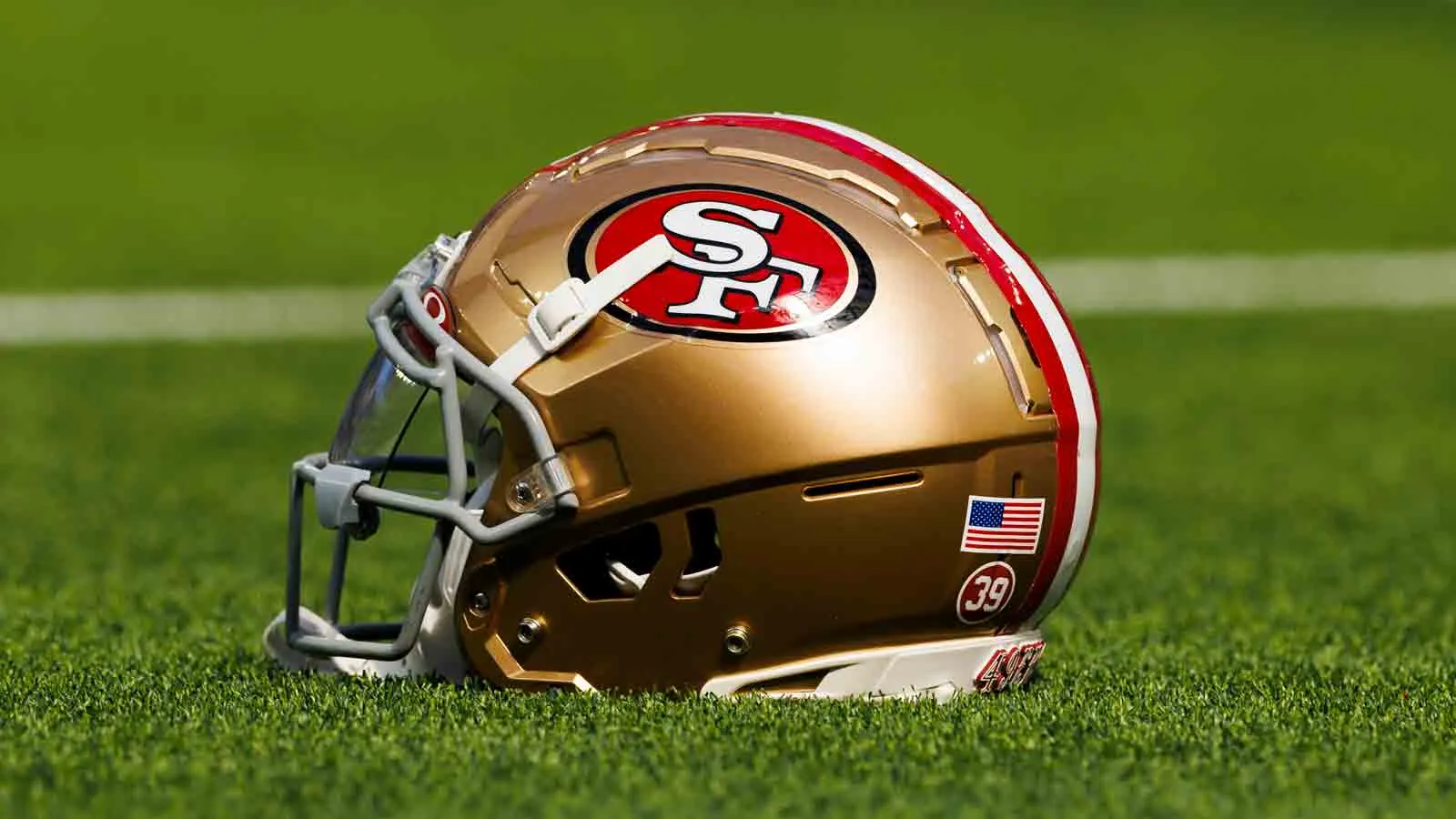
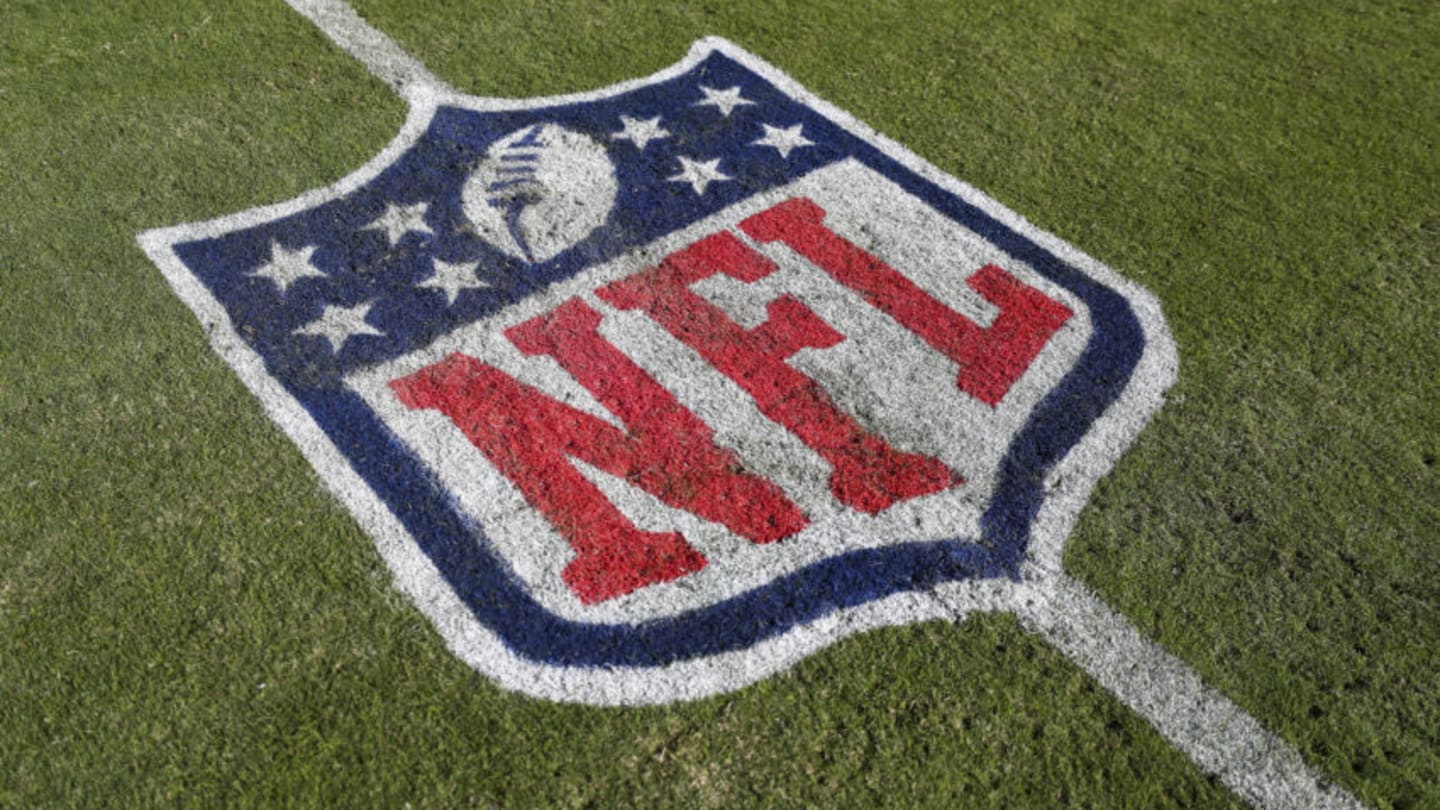


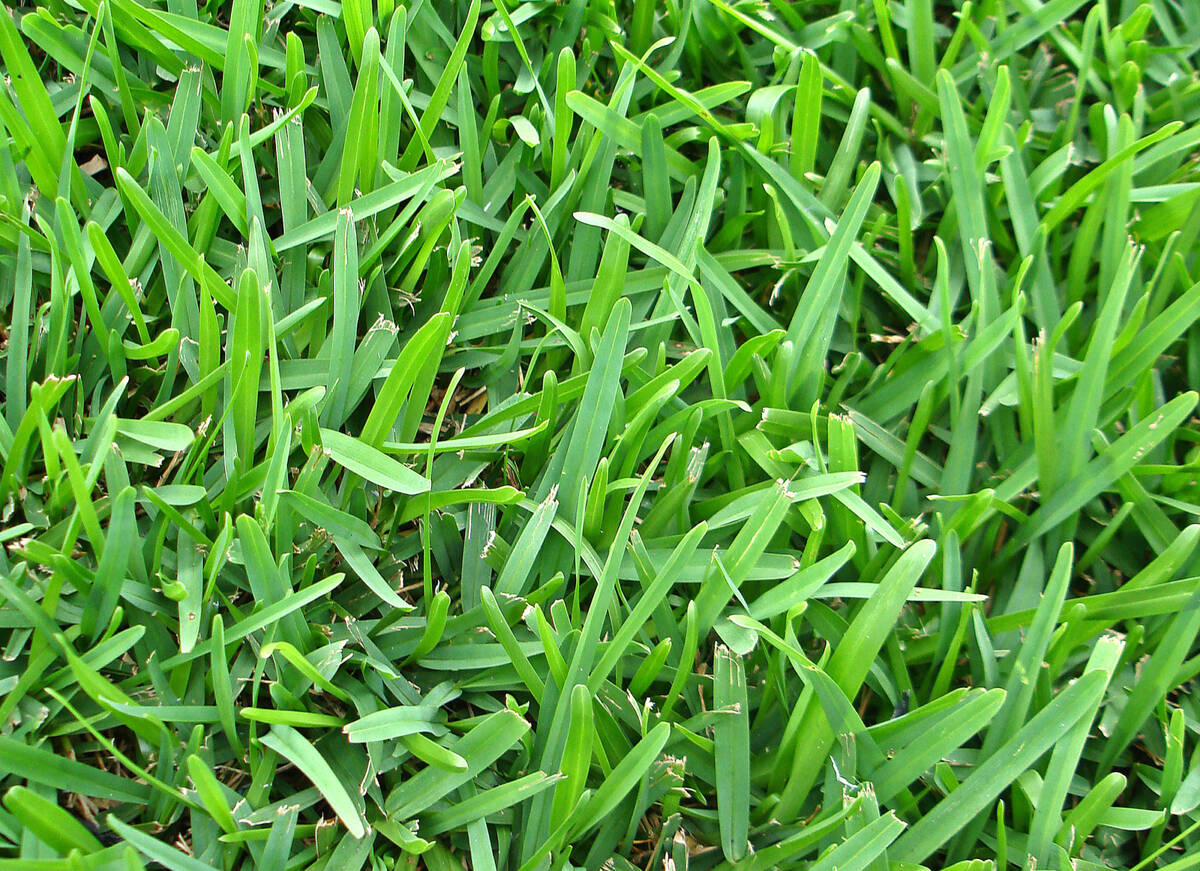
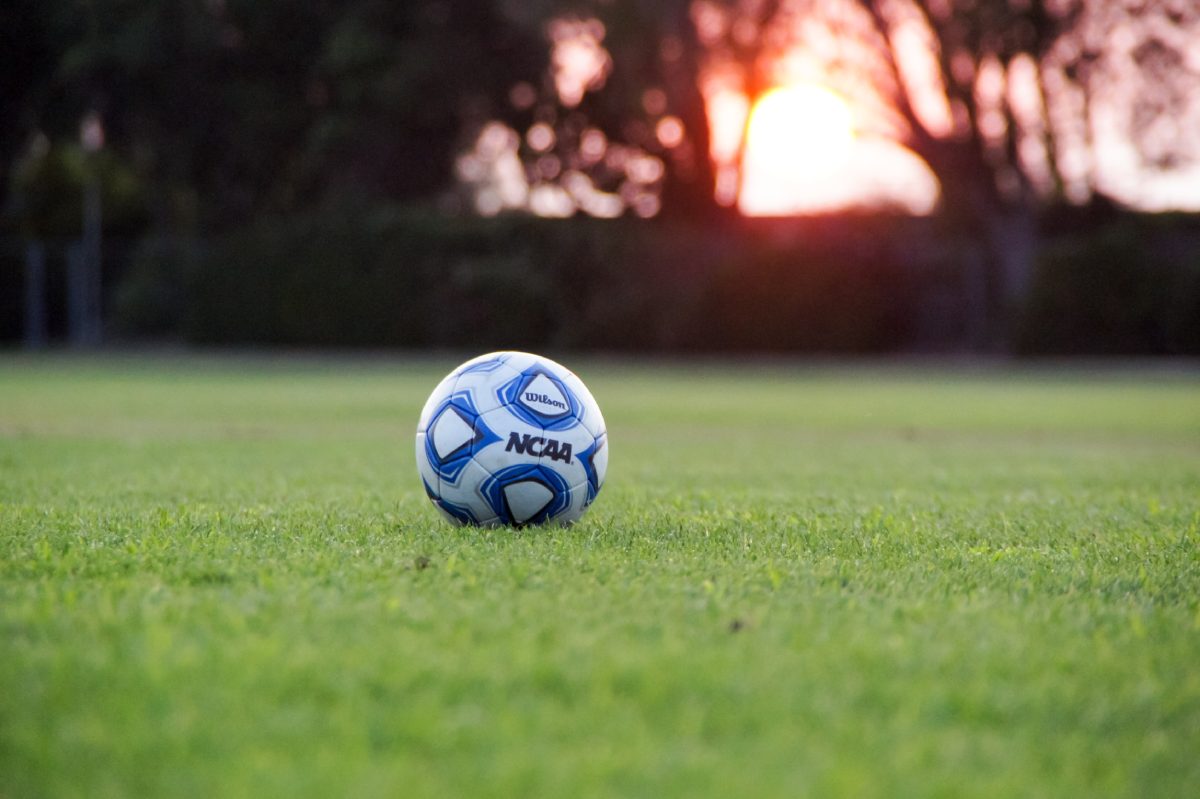
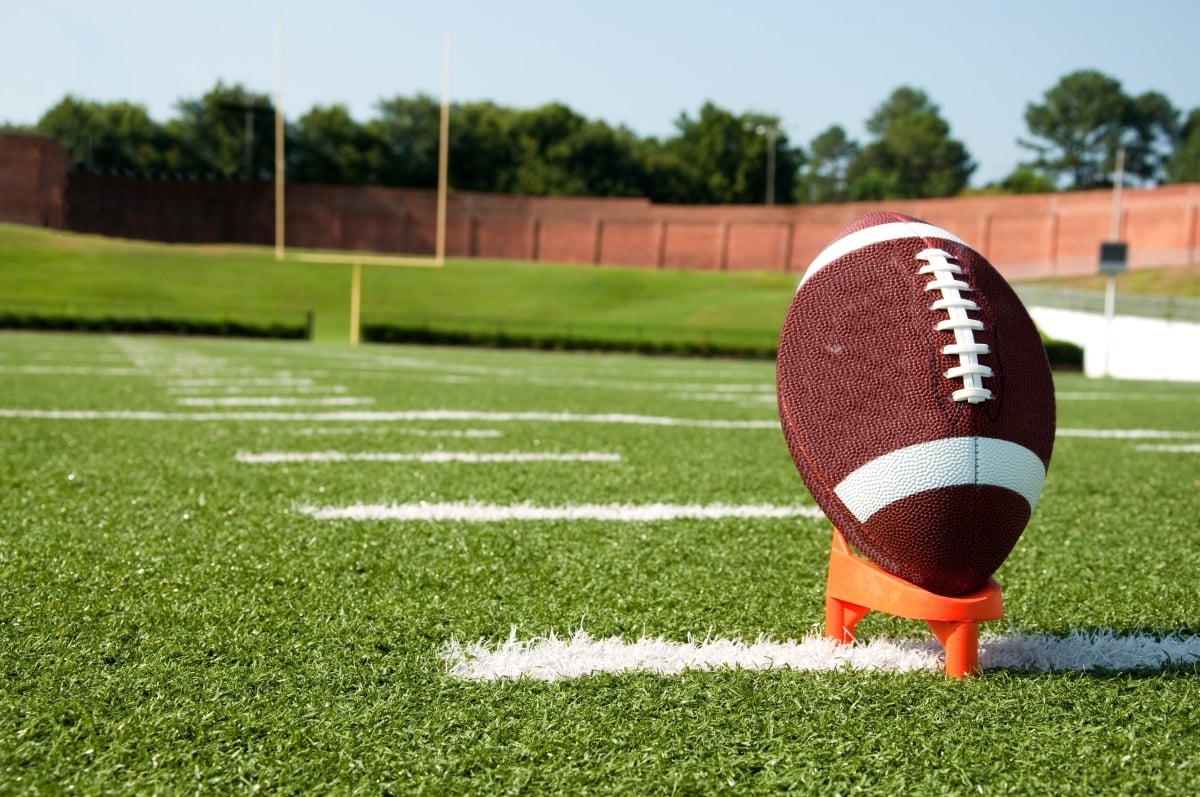
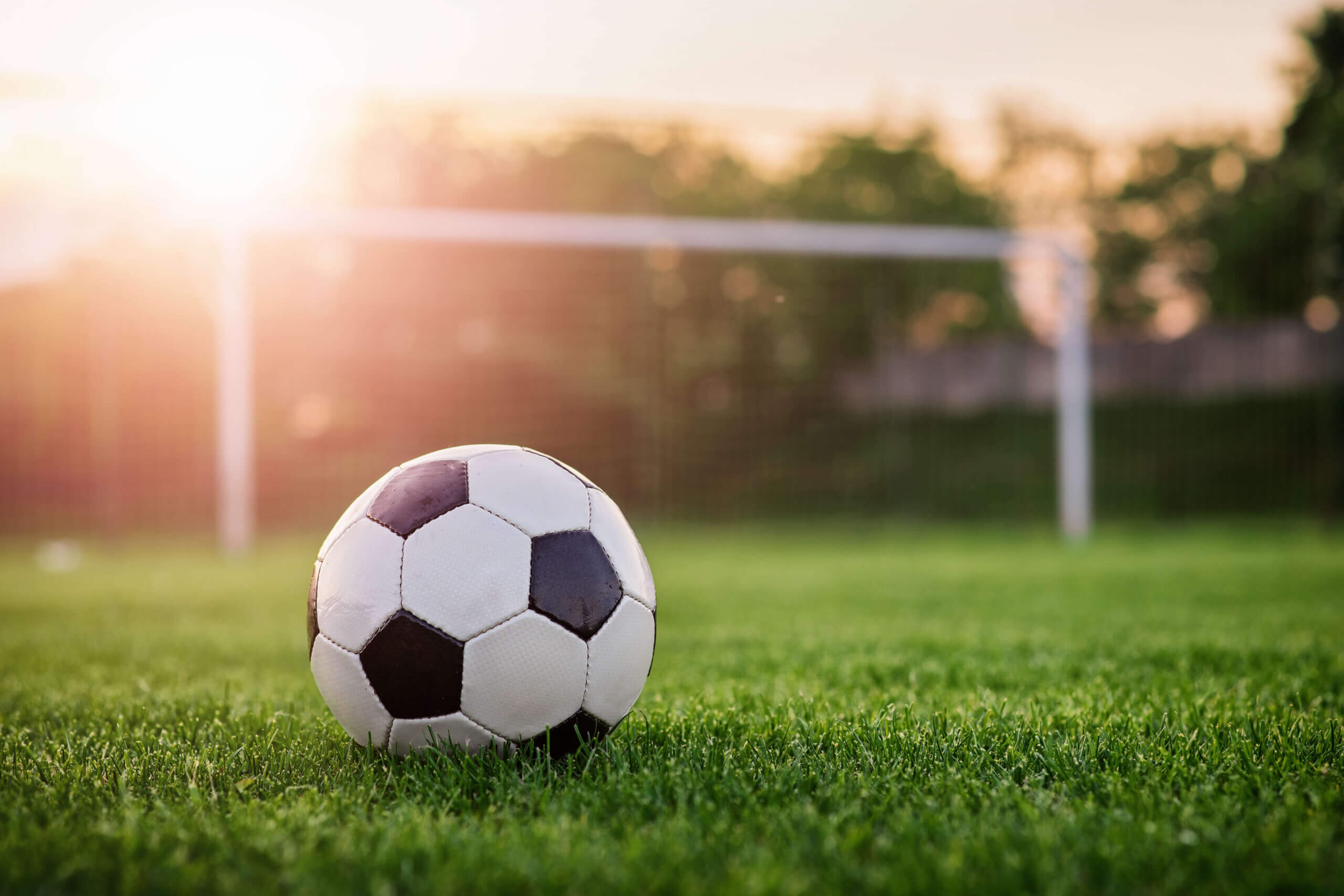
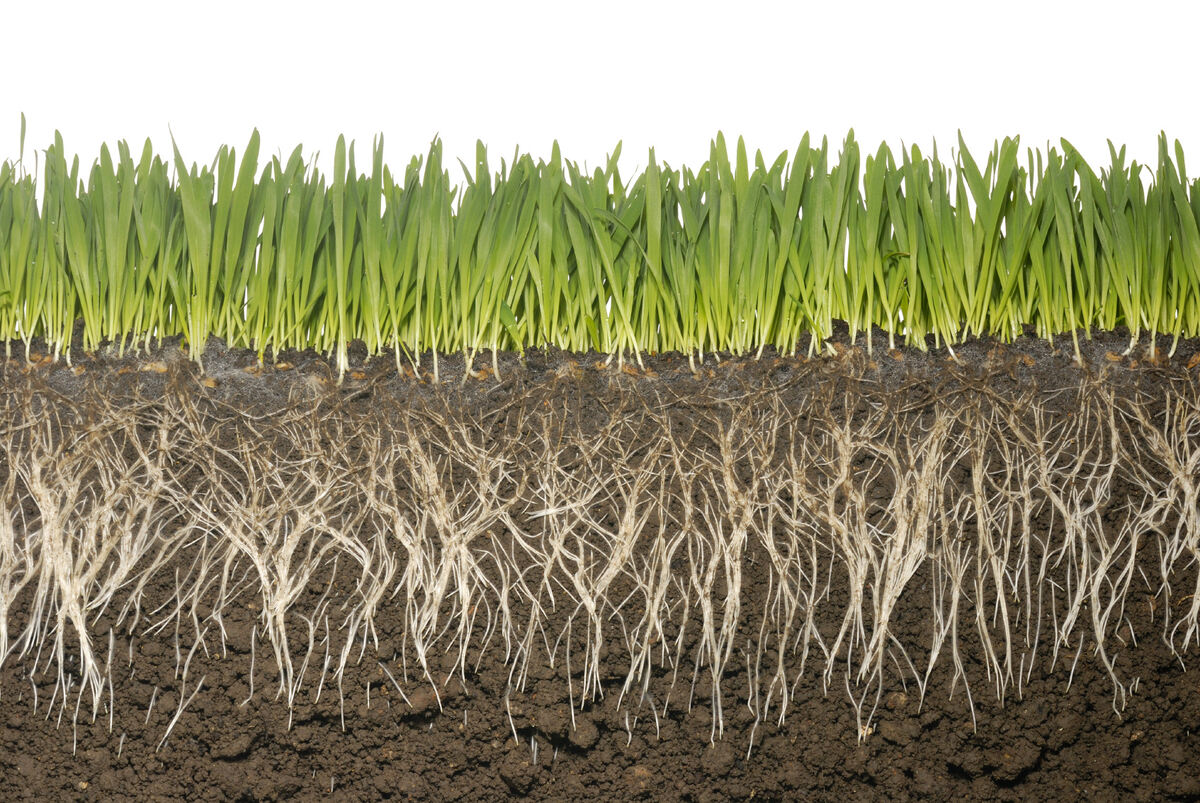
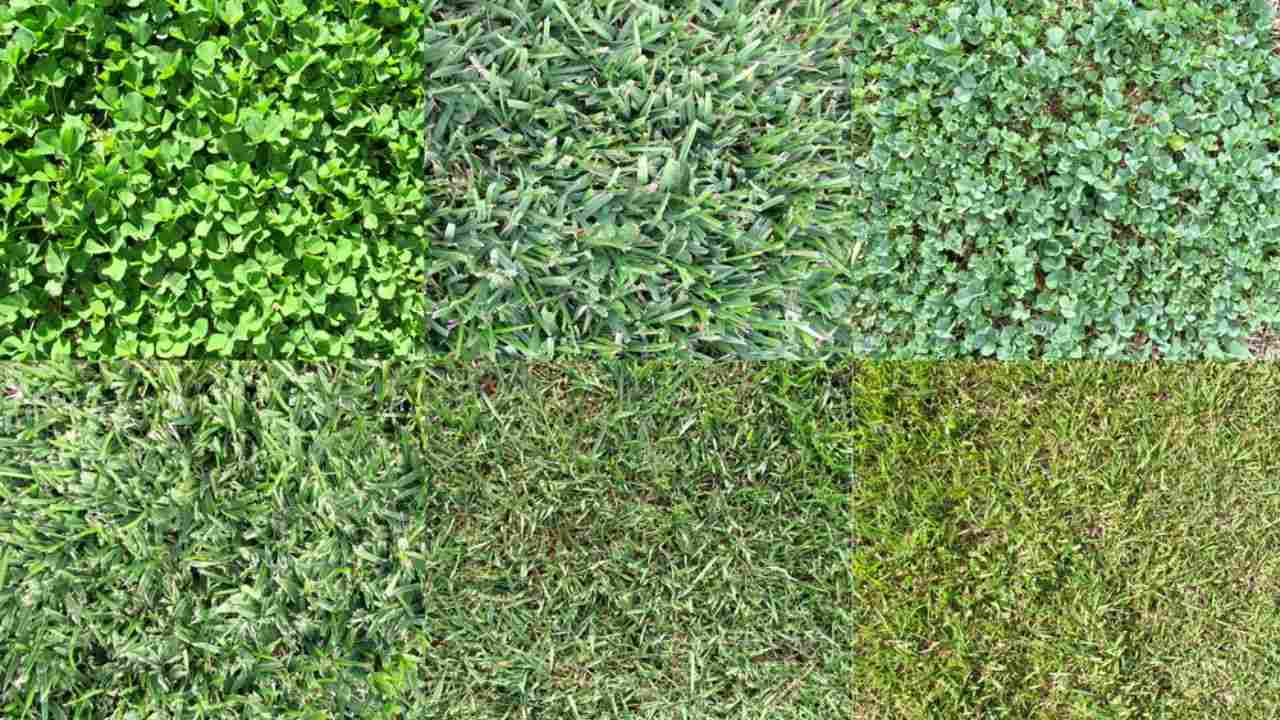
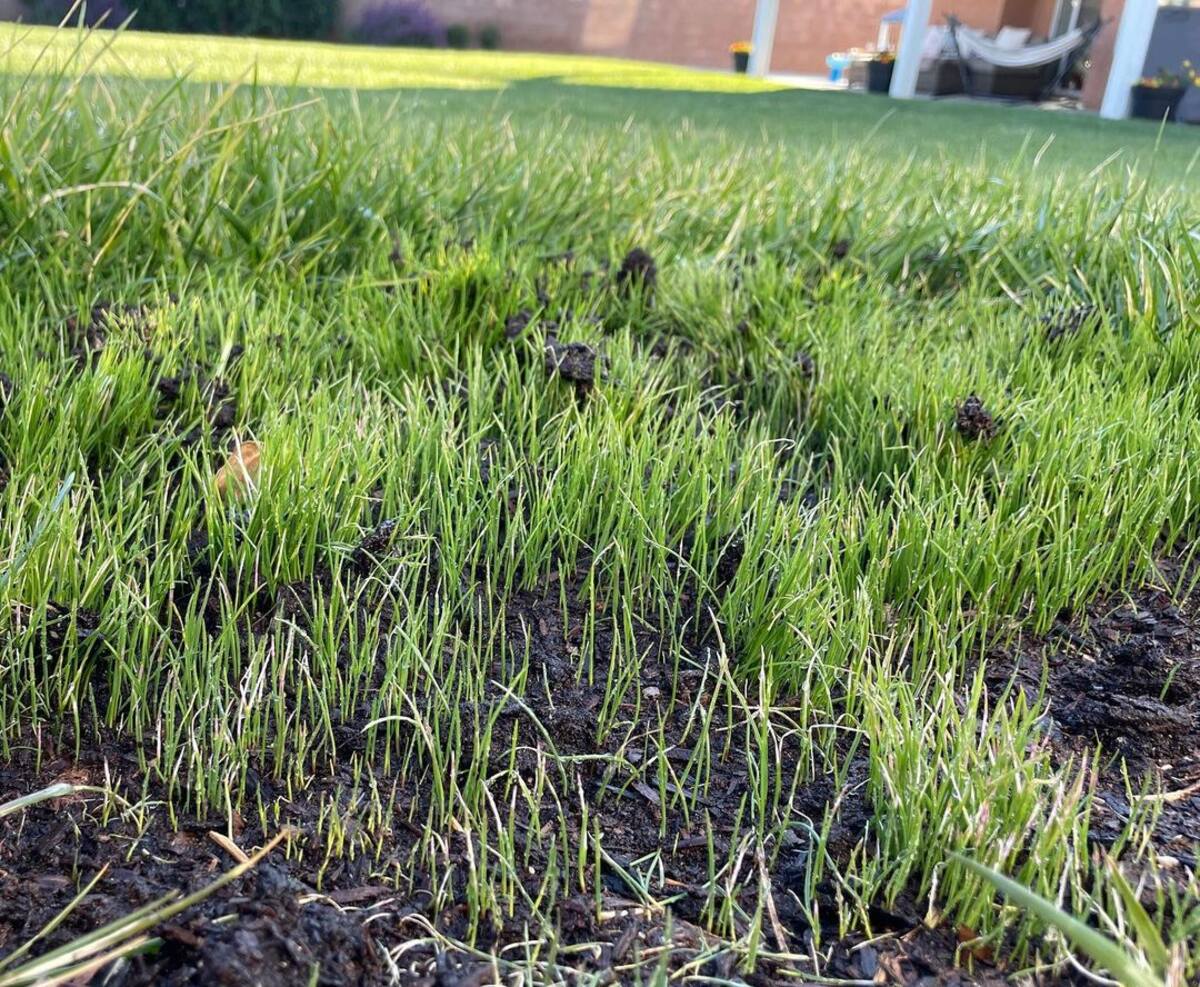
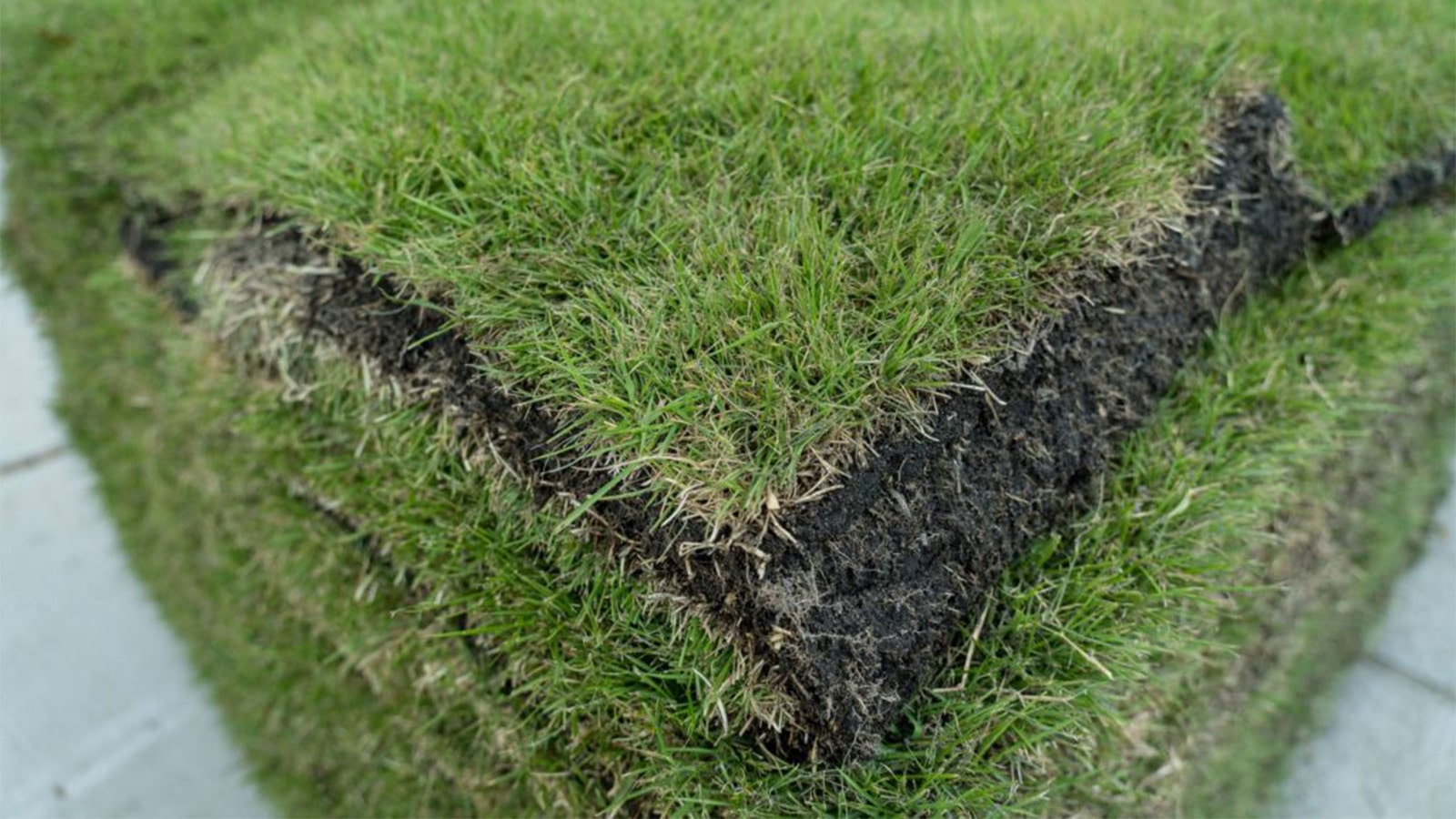

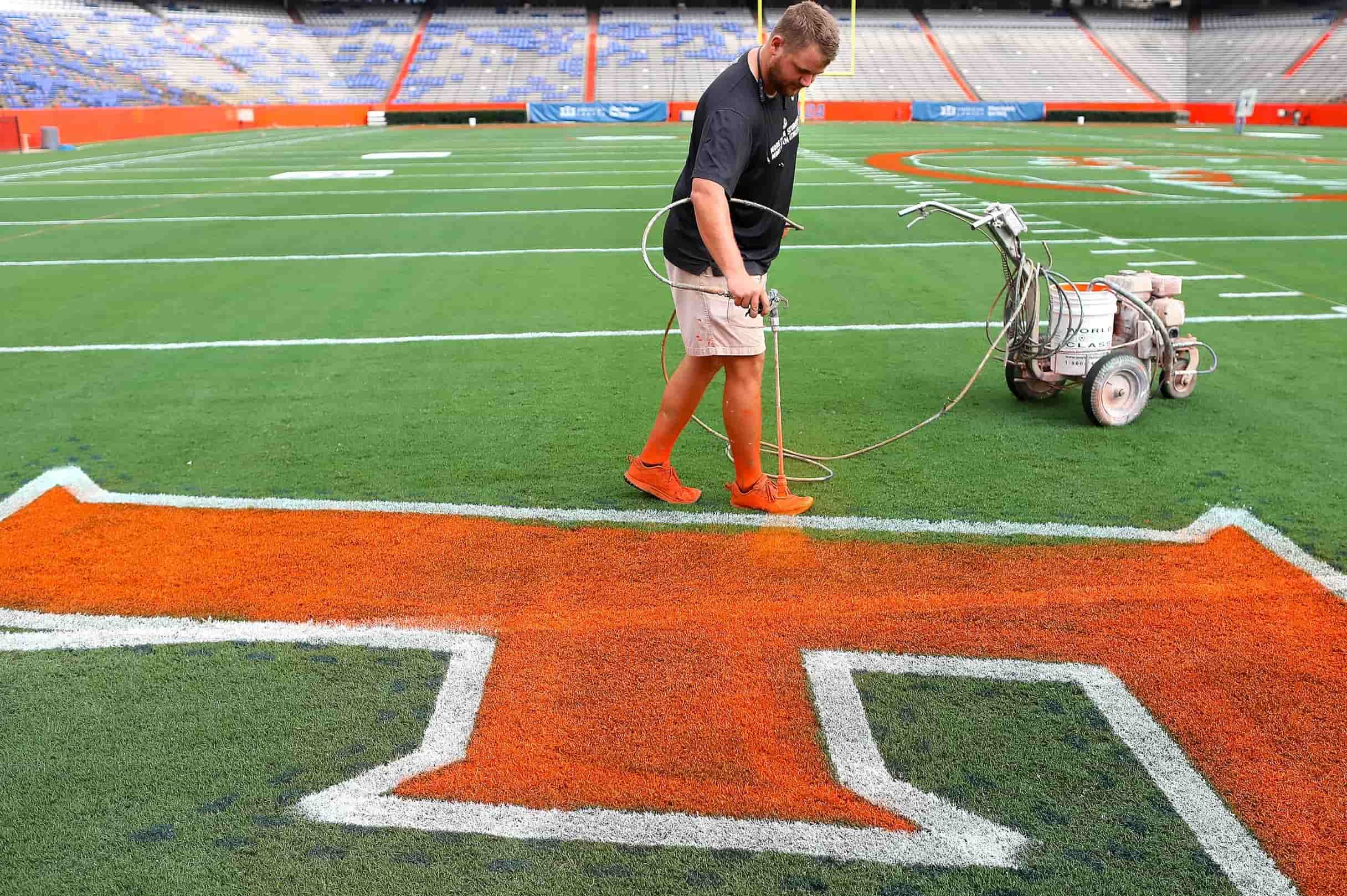

0 thoughts on “What Kind Of Grass Does Lambeau Field Have”